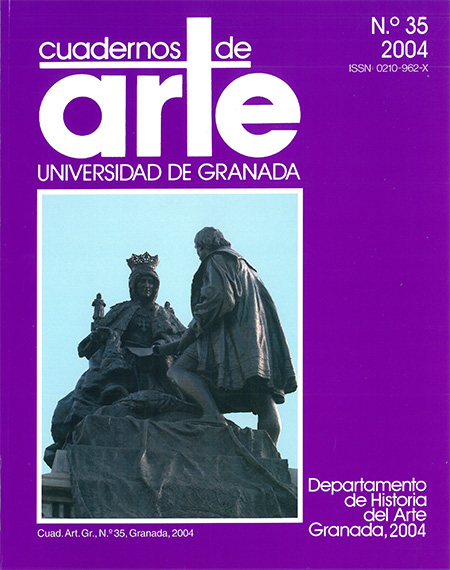Visual Thinking and the Arab Semantic Memory
Keywords:
Arabic aesthetics, Visual language in Arabic, Islamic Art, Visual thinking, Semantic Memory, Line, Drawing, Form, Vision, Colours, Arabic languageAbstract
In this article the Arabic vocabulary on a visual perception is explored, on the basis of recent scientific contributions regarding the relationship between words and visual expression in the human brain. By analyzing Arabic tenns related to primal signs, such as lines or drawings, as well as terms that articulate essential functions in communication and aesthetics in the area of vision and creation of shapes, a systematic ambivalence and ambiguity between the visual and the verbal is revealed. This phenomenon stems from the very way language is formed, and the intercommunication between the two areas of the brain that control words and hand, respectively. Finally, the author studies the particular system that Arabic uses for naming colours and highlights the high level of perfection this people achieved when describing the different colour hues present in their dessert envíronment.Downloads
Downloads
Published
2004-11-01
How to Cite
Bullata, K. (2004). Visual Thinking and the Arab Semantic Memory. Cuadernos De Arte De La Universidad De Granada, 35, 275–291. Retrieved from https://revistaseug.ugr.es/index.php/caug/article/view/8922
Issue
Section
Estudios
License
Los autores que publican en esta revista están de acuerdo con los siguientes términos:- Los autores conservan los derechos de autor y garantizan a la revista el derecho de ser la primera publicación del trabajo al igual que ser licenciado bajo una licencia Creative Commons que permite a otros compartir el trabajo con un reconocimiento de la autoría del trabajo y la cita de la fuente original, con un uso no comercial y siempre que no se hagan obras derivadas.
- Los autores pueden establecer por separado acuerdos adicionales para la distribución no exclusiva de la versión de la obra publicada en la revista (por ejemplo, situarlo en un repositorio institucional o publicarlo en un libro), con un reconocimiento de su publicación inicial en esta revista.
- Se permite y se anima a los autores a difundir sus trabajos electrónicamente (por ejemplo, en repositorios institucionales o en su propio sitio web) antes y durante el proceso de envío, ya que puede dar lugar a intercambios productivos, así como a una citación más temprana y mayor de los trabajos publicados (Véase The Effect of Open Access) (en inglés).


 ISSN-e: 2445-4567
ISSN-e: 2445-4567








